“Mankind owes to the child the best it has to give” ~ Geneva Declaration of the Rights of the Child, 1924 ~
Six years after the First World War ended, while the trauma and consequences of conflict were still echoing in the lives of children around the world, leaders from more than 50 countries met in Geneva, Switzerland.
One remarkable woman, Eglantyne Jebb, realised after witnessing the horror of the war, that children need special protection. So, along with a group of specialists, she wrote a set of principles to support children who had lived through the war. This turned into the Geneva Declaration of the Rights of the Child. At the start of the declaration it was recognised that “humanity owes to the child the best it has to give.”
That was 1924, more than 80 years ago. Although it was made public, no one was actually obliged to obey the declaration. So in November 1959 and November 1989 The United Nations Convention on the Rights of the Child was formed. This is a legally binding, international agreement setting out the rights of a child regardless of their race, nationality or abilities.
Universal Day of the Child on 20 November every year and is a chance to be reminded of these crucial life-giving rights for all children, everywhere.
Here are 11 rights of the child that Compassion projects around the world are able to fulfil and protect each week:
1. Children should be prioritised in a crisis.
“The child shall in all circumstances be among the first to receive protection and relief.” (Principle 8, 1959)
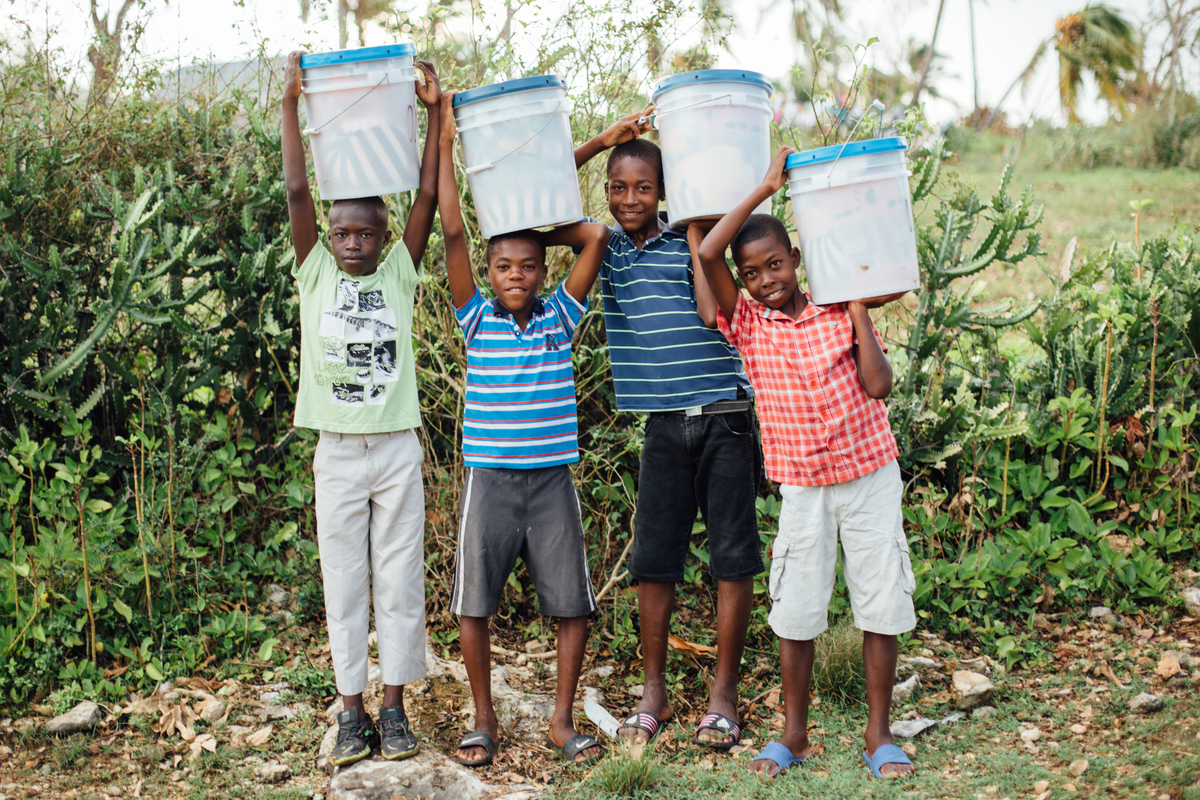
pendent and vulnerable, children are worst affected when crises and disasters hit. Last month Hurricane Matthew struck Haiti leaving thousands without homes and livelihoods. Here, some boys from a local Compassion project collect much needed supplie
2. Children should be encouraged to foster friendships in community.
“He/She shall be brought up in a spirit of understanding, tolerance, friendship among peoples, peace and universal brotherhood, and in full consciousness that his energy and talents should be devoted to the service of his fellow men.” (Principle 10, 1959)
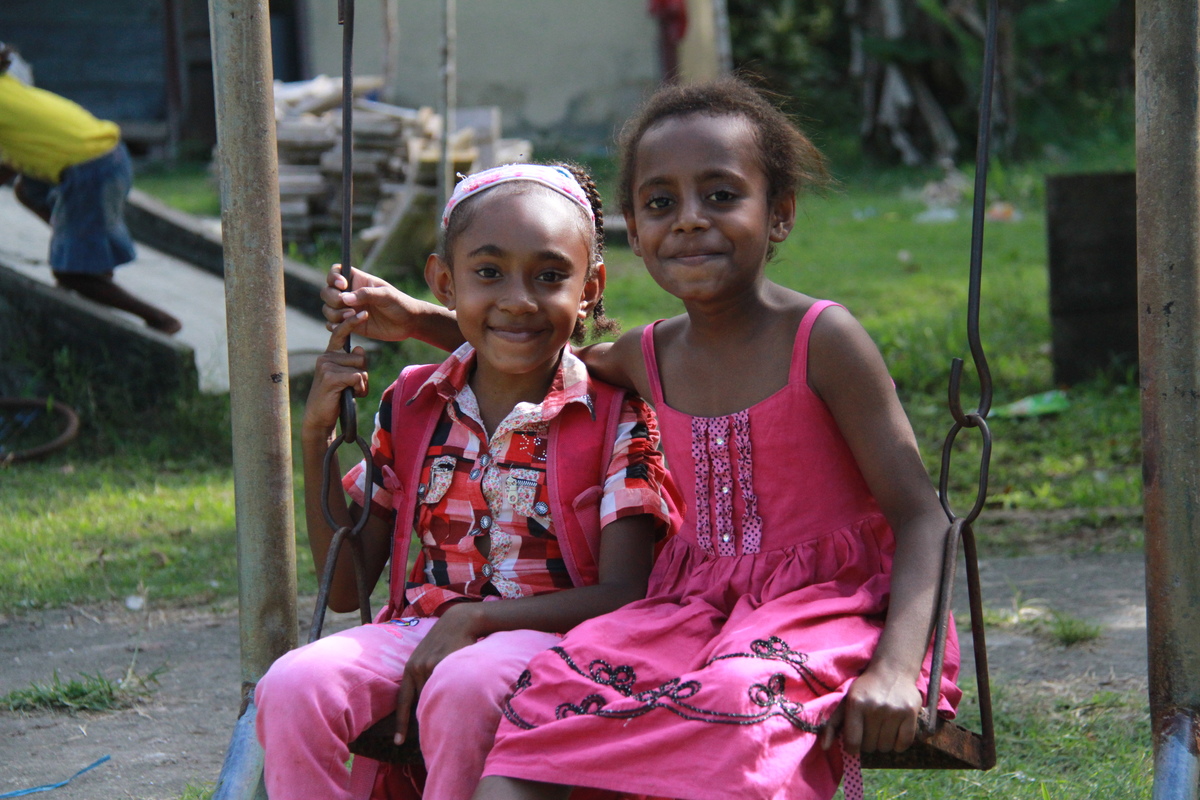
o girls sit together in the playground of their local Compassion project in the Papua region of East Indonesi
3. Children should be free to express themselves.
“The child should have the right to freedom of expression; this right shall include freedom to seek, receive and impart information and ideas of all kinds, regardless of frontiers, either orally, in writing or in print, in the form of art, or through any other media of the child’s choice.” (Article, 13:1, 1989)
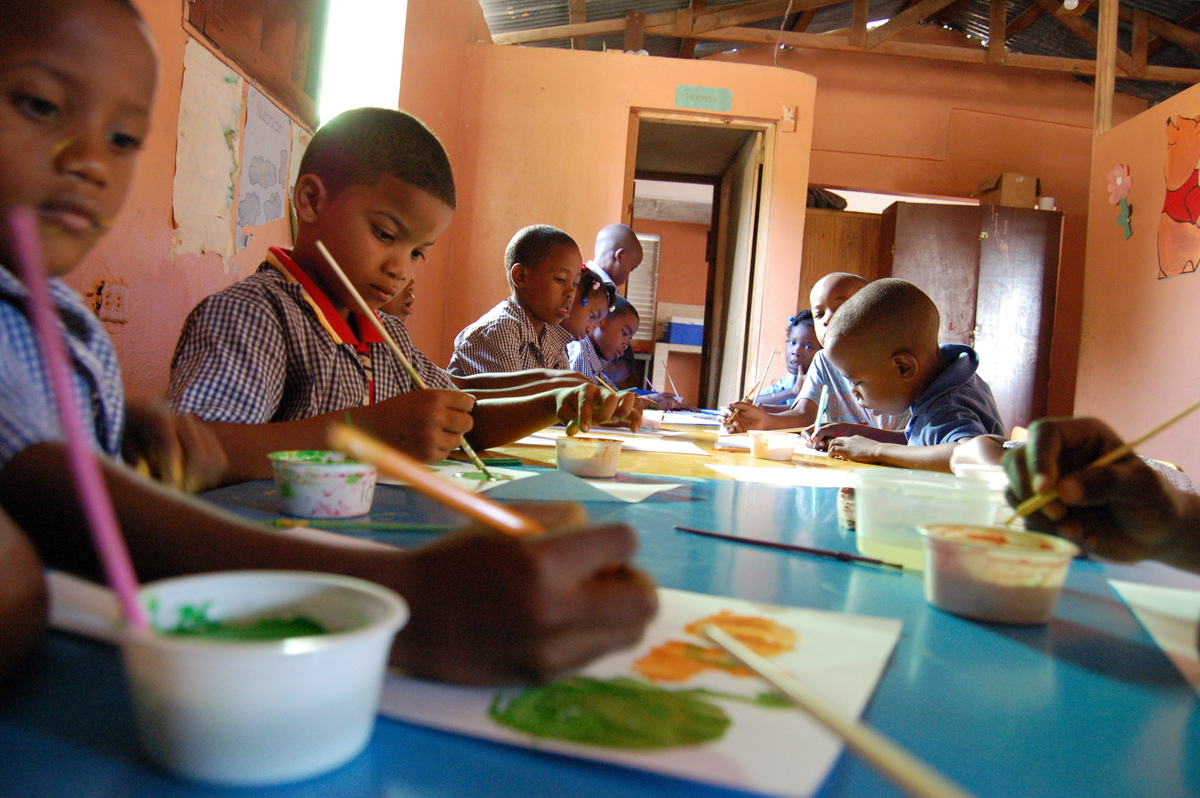
ildren painting at a project day in Dominican Republi
4. Children should be free to form and share their own opinions.
“…to the child who is capable of forming his or her own views, states should give the right to express views freely in all matters affecting the child…” (Article 12:1, 1989)
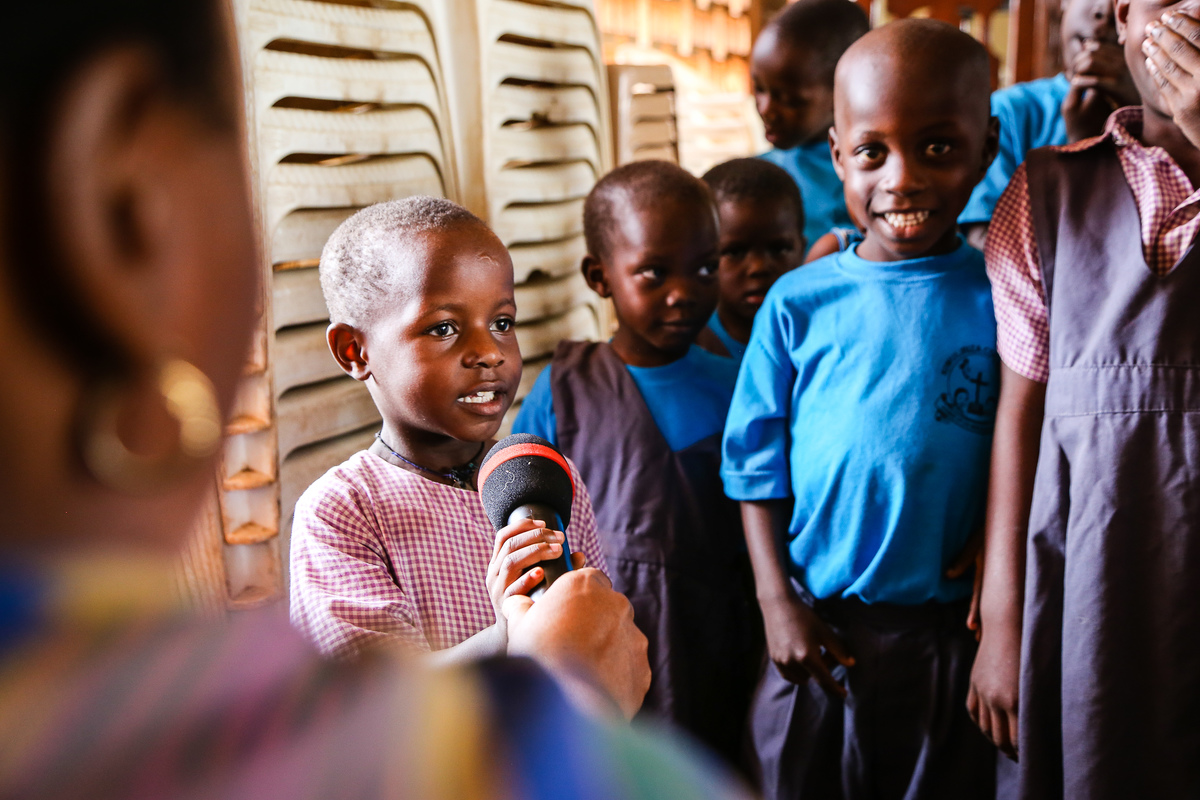
a project day in Uganda children are encouraged to share and speak in front of their friend
5. Every disabled child should enjoy a full life.
“States should recognise that a mentally or physically disabled child should enjoy a full and decent life, in conditions which ensure dignity, promote self-reliance and facilitate the child’s active participation in the community.” (Article 23:1, 1989)
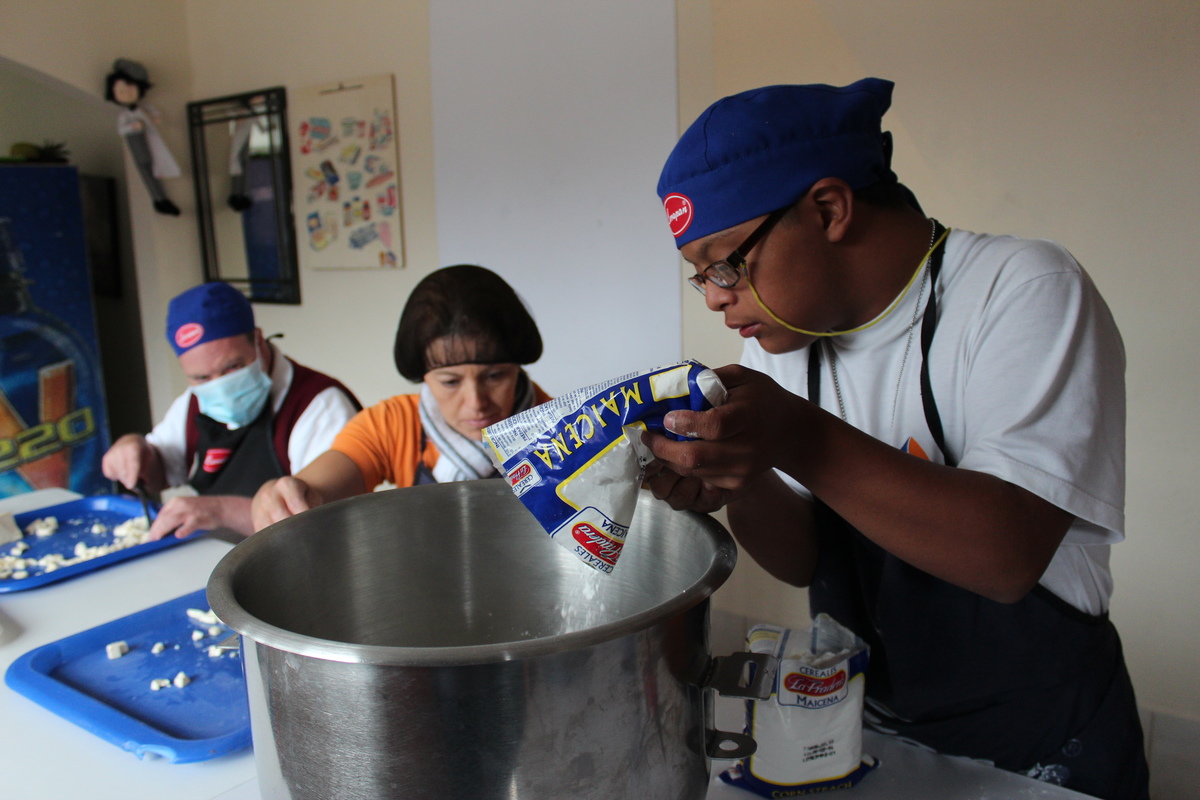
berto, from Ecuador was born with Down’s syndrome. He attends the “El Triangulo” foundation where children with learning disabilities are encouraged to reach their full potentia
6. Children have a right to love.
“The child, for the full and harmonious development of his/her personality, needs love and understanding.” (Principle 6, 1989)
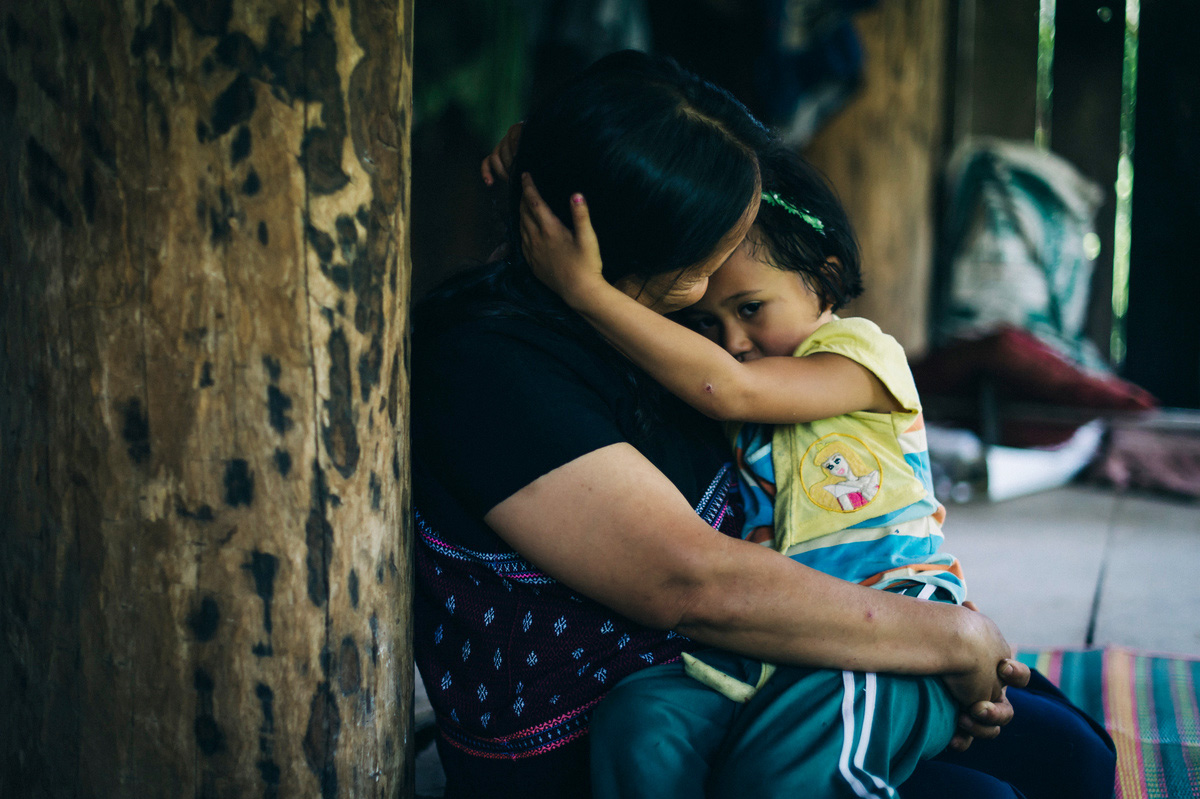
ao comforts her daughter in their rural home in Thailan
7. Every child has a right to learn.
“He/She shall be given education which will promote his/her general culture, and enable them on a basis of equal opportunity to develop his/her abilities, his/her individual judgement, and his/her sense of moral and social responsibility and to become a useful member of society.” (Principle 7, 1959)
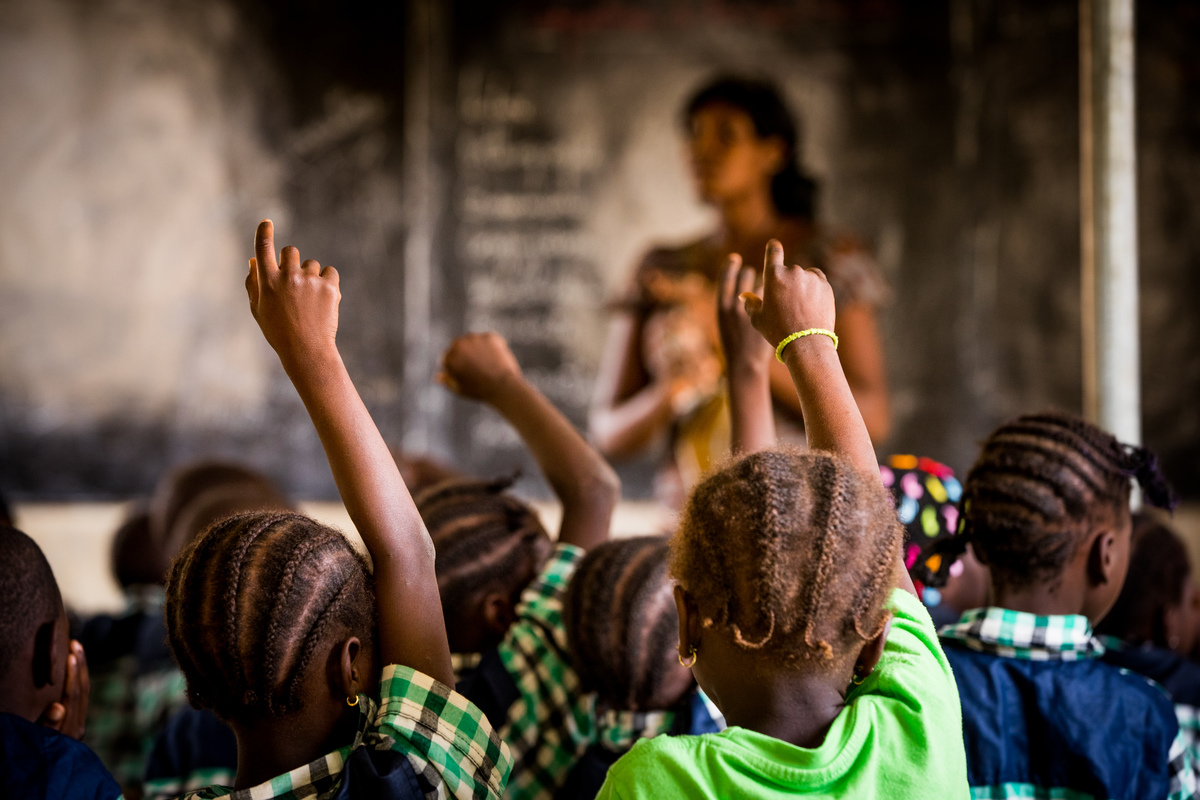
sson time in the village of Barkoundouba, Burkina Fas
8. Every child has a right to help to recover from trauma.
“States shall take all appropriate measures to promote physical and psychological recovery and social reintegration of a child victim of: any form of neglect, exploitation or abuse; torture or any other form of cruel, inhuman or degrading treatment or punishment; or armed conflicts.” (Article 39, 1989)
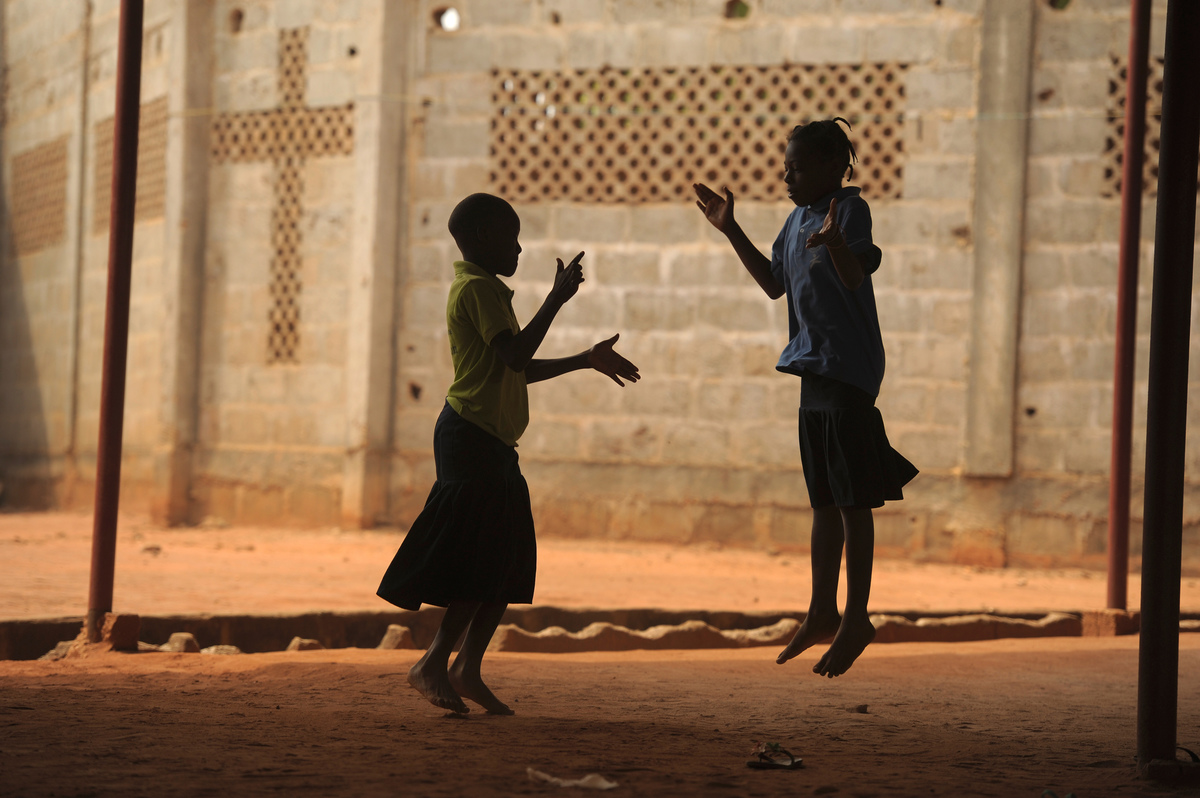
rls in Togo are given support and counselling. They’re given the freedom to play and overcome the difficulties placed in their pat
9. Families should be supported to help children develop.
“The state … convinced that the family, as a fundamental group of society and the natural environment for the growth and wellbeing of all its members and particularly children, should be afforded the necessary protection and assistance so that it can fully assume its responsibilities within the community.” (Preamble, 1989)
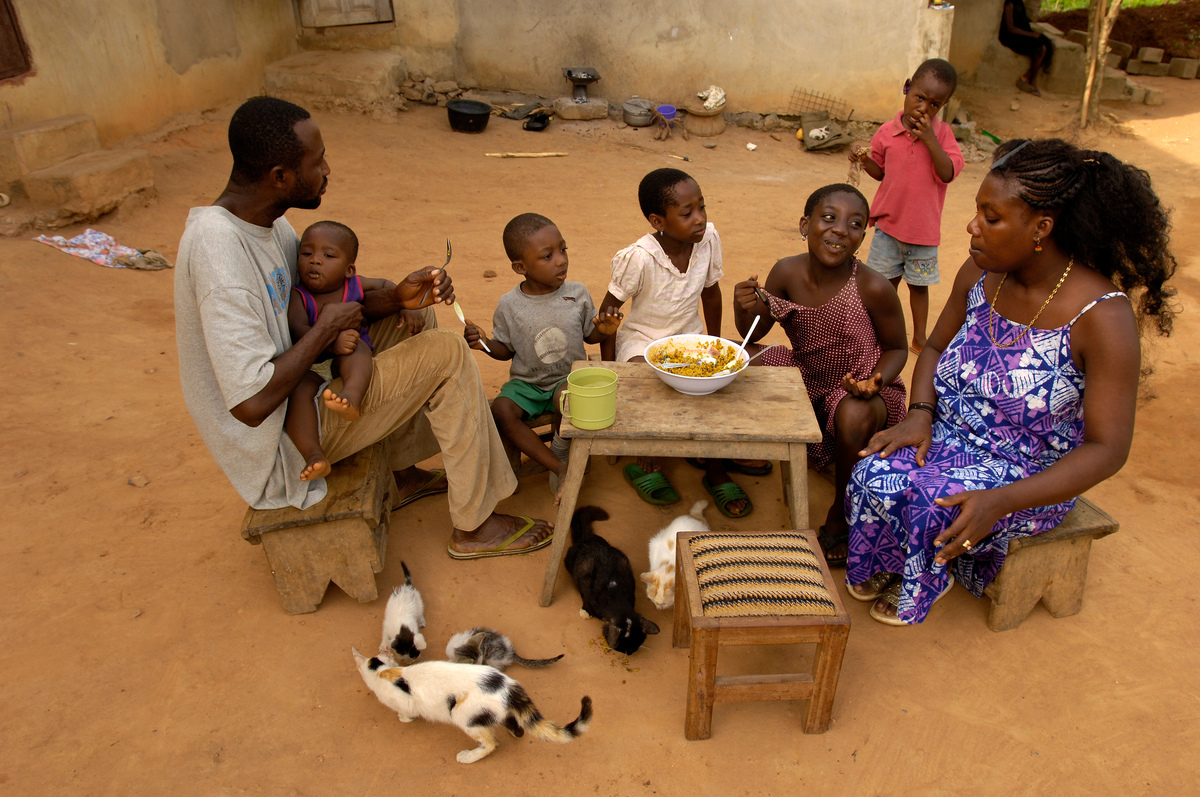
onsored child Emelia Aku Asare and her family share their morning meal together in their village in Ghan
10. Every child has the right to play.
“…Recognise the right of the child to rest and leisure, to engage and play in recreational activities appropriate to the age of the child and to participate freely in cultural life and the arts.” (Article 31, 1989)
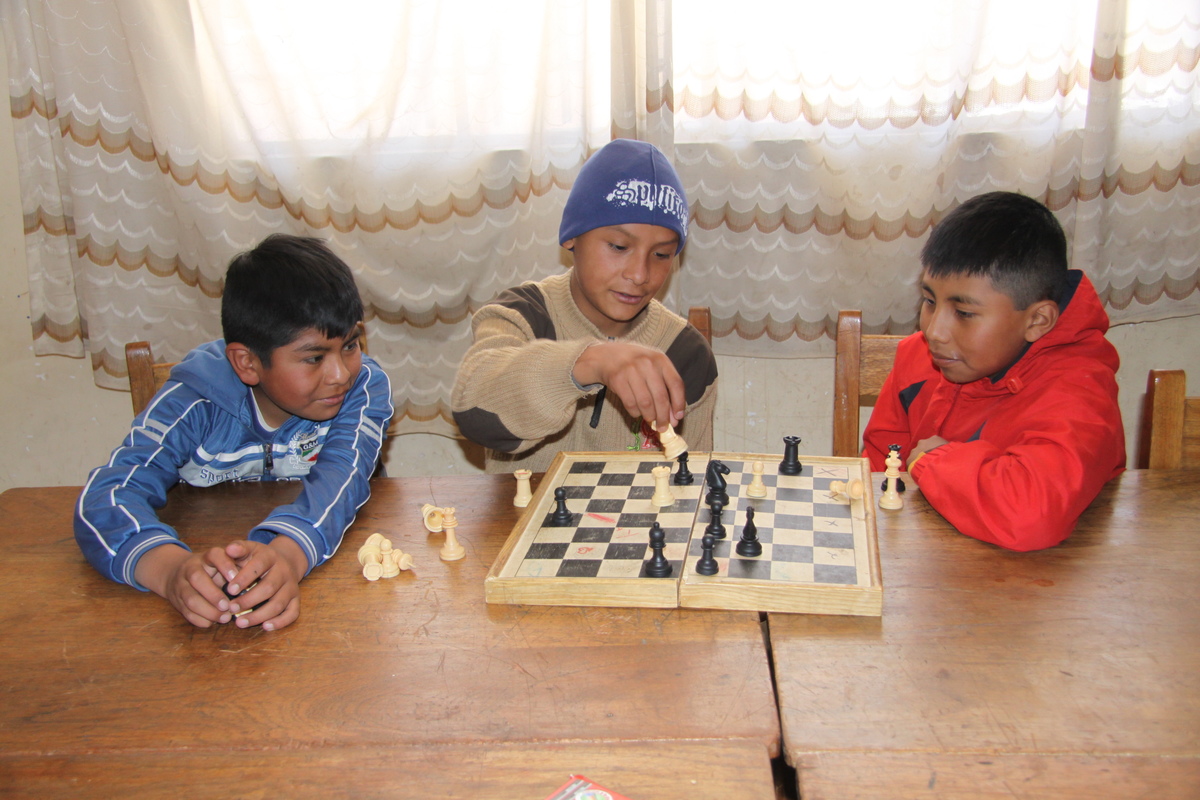
gel, Elmer and Cristian from Bolivia have been friends since they were 7 years old and they love to play chess togethe
11. Every child should be fully equipped for adult life.
“The education of the child shall be directed to prepare the child for responsible life in a free society, in the spirit of understanding, peace, tolerance, equality of sexes and friendship among all peoples, ethnic, national and religious groups and persons of indigenous origin.” (Article 29, 1989)
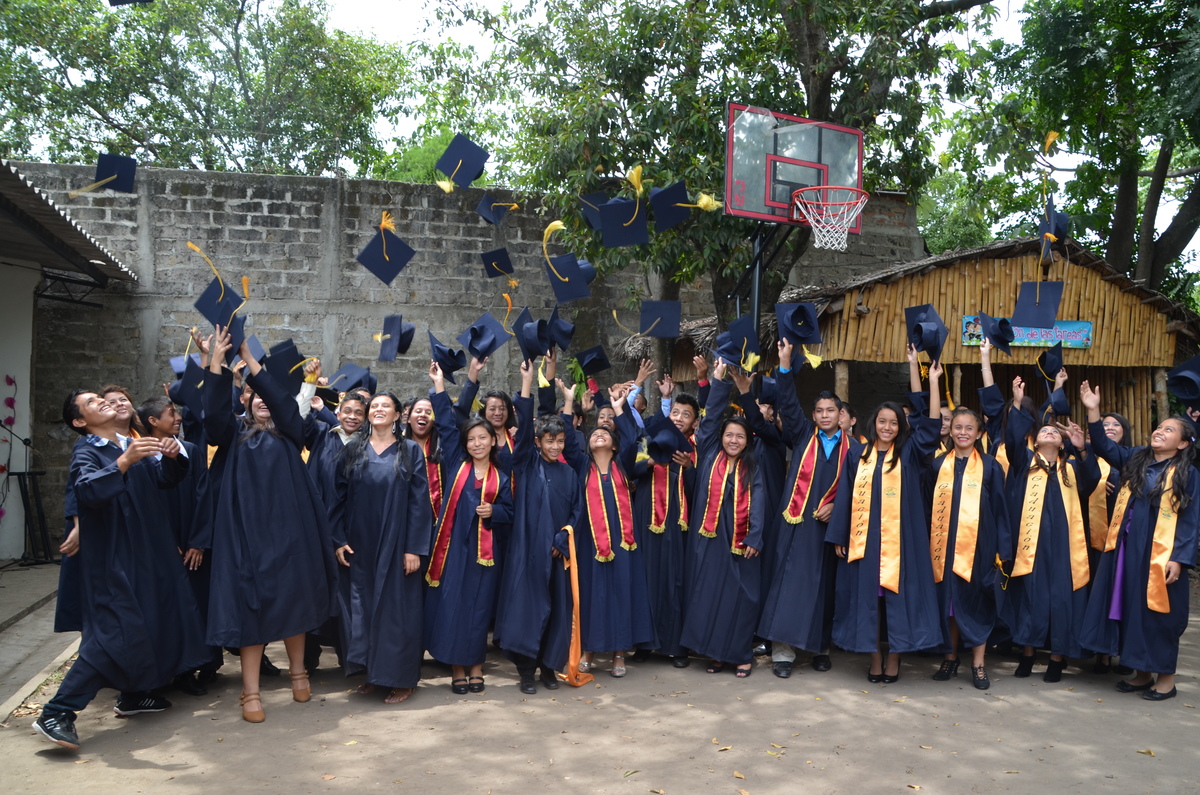
aduation day for 230 sponsored young people from 10 projects across a collection of projects in southern San Salvado
Every week children living in the vulnerability of poverty are given exceptional care at their Compassion projects. Thanks to their sponsor, their local church and Compassion, children are protected and empowered to overcome poverty.




